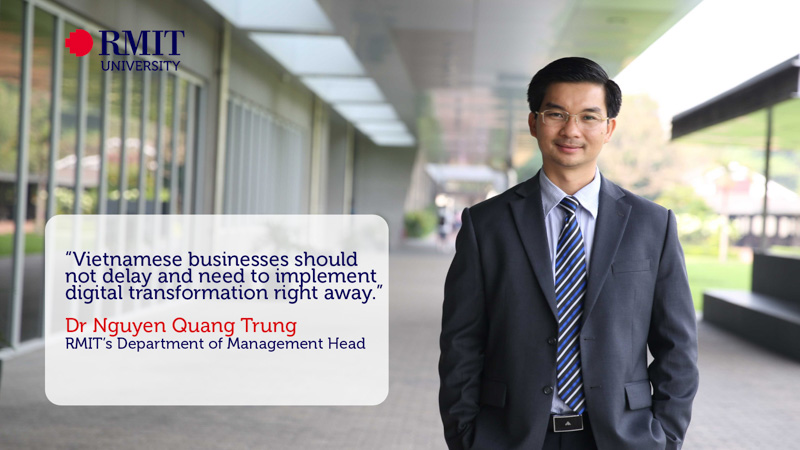Vietnam’s crypto legalisation is a defining moment for the digital future
RMIT senior lecturer and crypto expert Dr Jeff Nijsse explains why Vietnam’s first-ever Law of Digital Technology Industry has set a new course for the digital economy.
Transform or stall: Vietnam’s middle-income dilemma
Vietnam is approaching a critical crossroads: transform through innovation or risk being stuck in the middle-income trap for decades to come.
What makes Gen Z leaders tick?
Gen Z is bringing a bold new mindset to the workplace and challenging traditional management along the way.
How should Vietnamese businesses respond to food safety crises?
Food safety is a sensitive topic. How should Vietnamese businesses respond to restore and maintain consumer trust?





